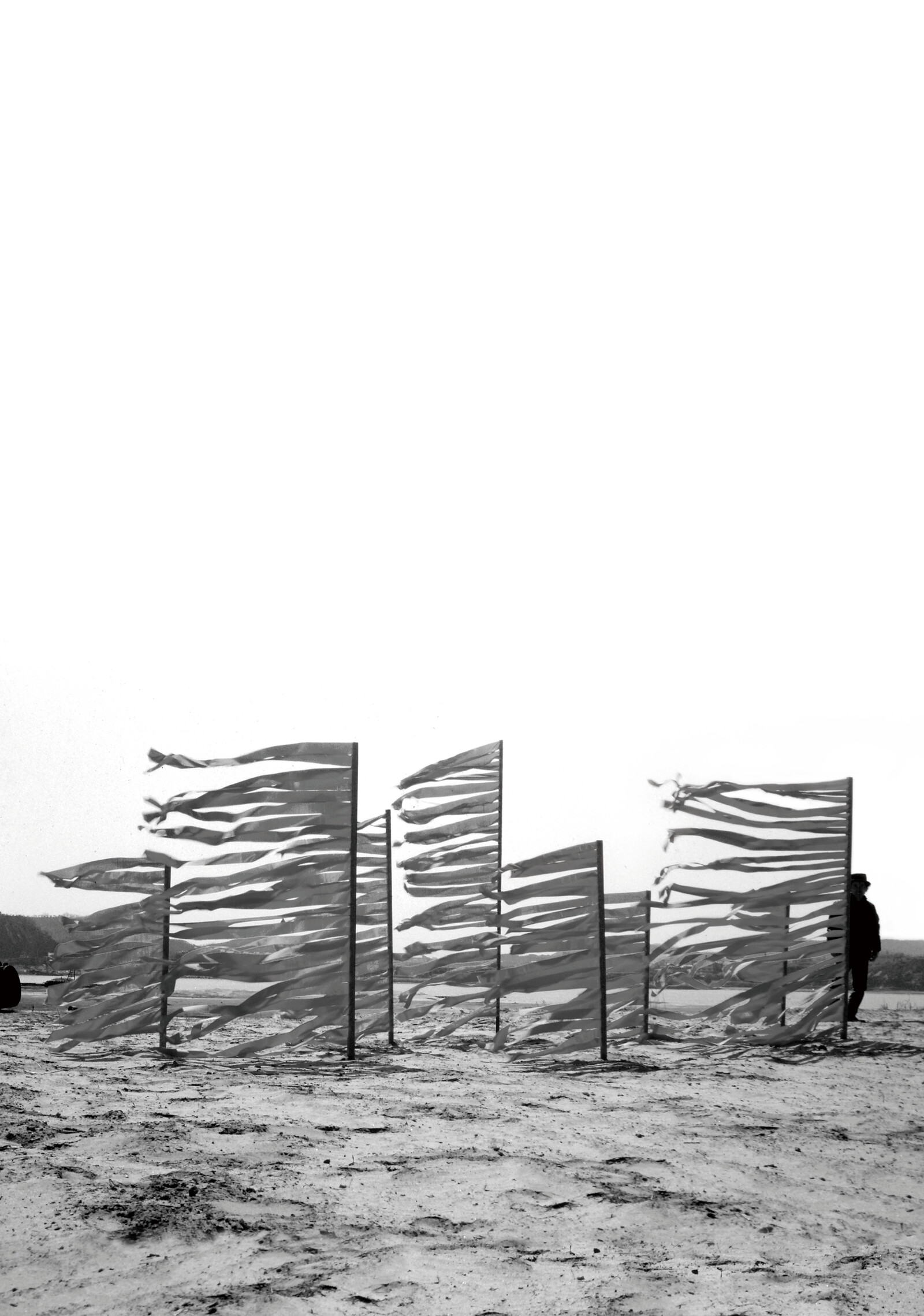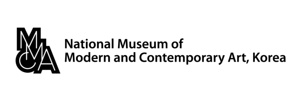November 25, 2020–March 28, 2021
30 Samcheong-ro, Jongno-gu
03062 Seoul
South Korea
Hours: Monday–Sunday 10am–6pm,
Wednesday and Saturday 10am–9pm
T +82 2 3701 9500
Lee Seung Taek (b. 1932) is a representative figure in Korean experimental art who has continued since the 1950s until today with a prolific body of work spanning installation, sculpture, painting, photography, land art, and performance art. Lee Seung Taek’s Non-Art: The Inversive Act is a large-scale retrospective that aims to shed new light on the 60-year career of an artist who played a pioneering role in transforming Korean contemporary art. The exhibition title Lee Seung Taek’s Non-Art: The Inversive Act encapsulates a career spent inverting every kind of object and idea, challenging fixed notions of art. His artistic views are well expressed in his declaration, “My view was inverted. My thought process was inverted. My life in this world was inverted.”
In the 1950s, Lee challenged the established grammar of sculpture with his work History and Time; during the 1960s, he began parting ways with sculptural concepts prevalent in the Korean art establishment of the time, immersing himself in new material experiments with everyday items such as earthenware, plastic, glass, wood, and coal ashes. Around the 1970s, he created works with “non-material elements” such as wind, fire, and smoke and rendered locations and situations into artwork; he used his “tying” work—which involved tying artificial and natural objects with twine—to explore the inherent meaning and value of objects in a new light. Thus challenging and experimenting existing art, Lee arrived at the concept of “non-sculpture” established in 1980. In the mid-1980s, he began broadening the horizons of his interests into areas of human life such as society, history, culture, and the environment, expanding the realm of art through works of performance, land art, large-scale installation, and photography.
The exhibition includes reproductions of major works from the 1960s based on historical materials, as well as restorations of the artist’s early works in pursuit of “non-sculpture.” Some of Lee’s major installations of the 1970s and 1980s, such as Wind and Land Wearing Roof Tiles, have been restaged in the museum’s outdoor settings, providing the opportunity for a direct physical experience. The exhibition also illuminates the key influence of shamanism in Lee’s work. Numerous photo collages and photographs combined with painting (called “photo paintings” or “photo pictures”) are shared from the period between the 1960s and 1990s, in an attempt to newly spotlight the significance of Lee’s photography. This exhibition’s attempt at “re-reading” the art of Lee Seung Taek—the trailblazer who led the transition of Korean contemporary art by relentlessly traversing the boundaries of material versus non-material, subject versus object, art versus non-art—will hopefully provide an opportunity for affirming the contemporaneity of his art.



